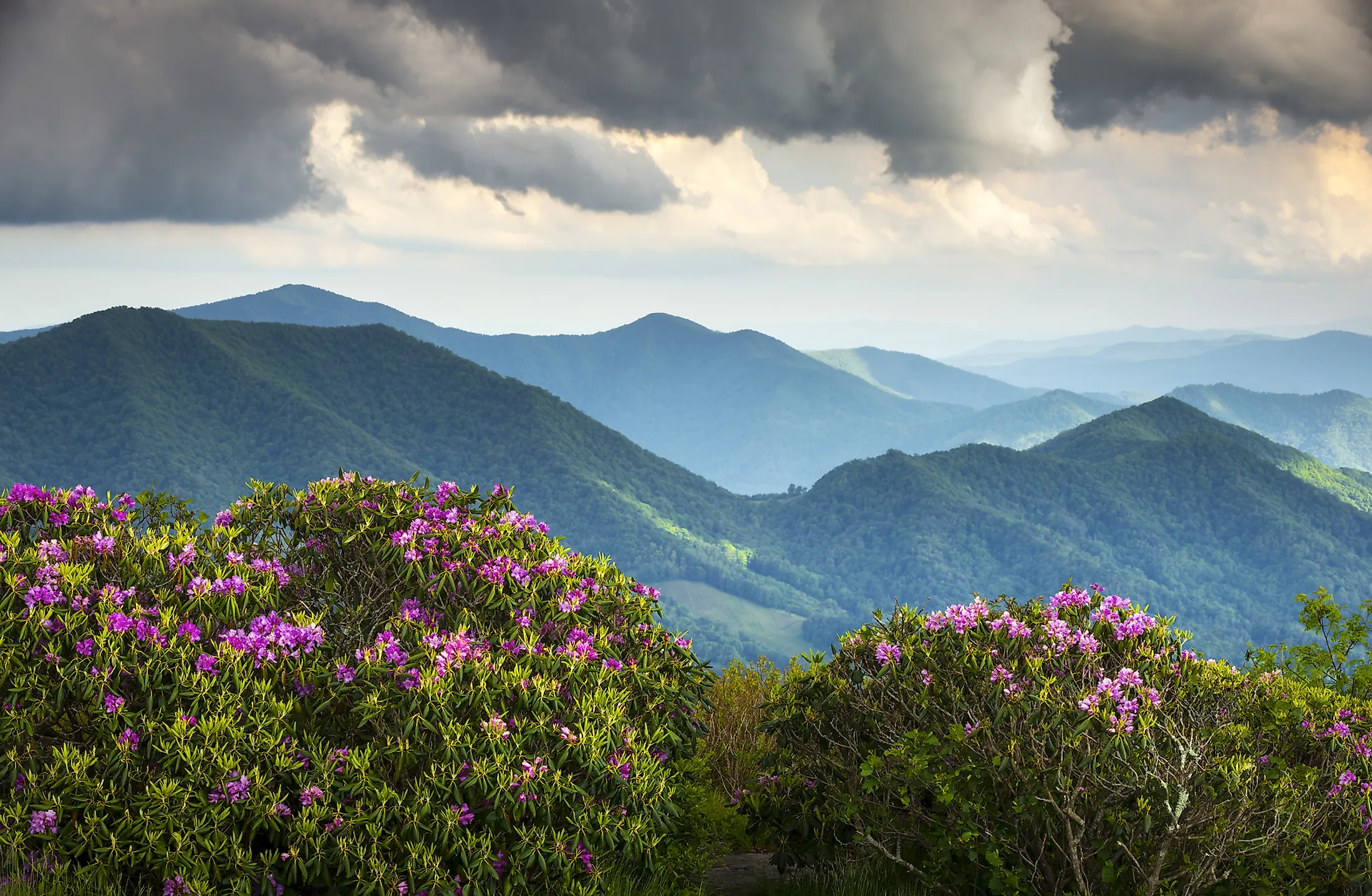
Appalachian Mountains
Often referred to as the “Appalachians”, the Appalachian Mountains are a series of mountain ranges that stretches from the eastern to the northeastern part of the continent of North America. Forming the eastern complement of the Rocky Mountains, the Appalachian Mountains extend for about 2,400km from the Central Alabama region in the United States to the Canadian province of Newfoundland and Labrador. These mountain ranges form a natural boundary between the eastern Coastal Plain and the extensive Interior Lowlands of the North American continent and have played a significant role in the development of the United States.
Geography
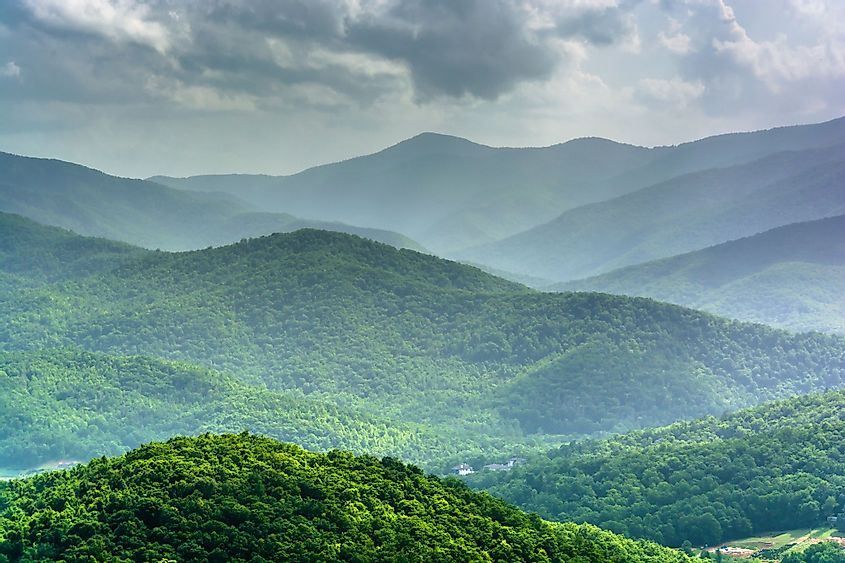
The Appalachian Mountain range stretches across the US States of Kentucky, Virginia, West Virginia, Tennessee, Maryland, North Carolina, South Carolina, Alabama, Georgia, Ohio, Pennsylvania, New York, Delaware, Maryland, New Jersey, Connecticut, Massachusetts, Vermont, New Hampshire, and Maine. The range also extends into the Canadian provinces of New Brunswick, Nova Scotia, Québec, and Newfoundland and Labrador. The Appalachians also cover parts of the islands of Saint Pierre and Miquelon, which is a territorial overseas collectivity of France. Forming a part of the Black Mountain subrange of the Appalachians, and situated close to the town of Burnsville in the Yancey County of the US State of North Carolina is Mount Mitchell. It rises to an elevation of 2,037m and is the highest peak in the Appalachian Mountains as well as in eastern North America.
The entire Appalachian Mountain system can be divided into three large physiographic regions. These are the northern region, the central region, and the southern region.
The Northern Region, which stretches from the Newfoundland and Labrador province in Canada to the Hudson River in the US State of New York. The mountain ranges which are found in the northern region include the Annieopsquotch Mountains, Long Range Mountains, Chic-Choc Mountains, Green Mountains, Notre Dame Range, White Mountains, Longfellow Mountains, and the Berkshires. Some of the high mountain peaks in the northern section of the Appalachians include Mount Katahdin in the US State of Maine, Mount Washington in the US State of New Hampshire, and other high peaks in the White Mountains.
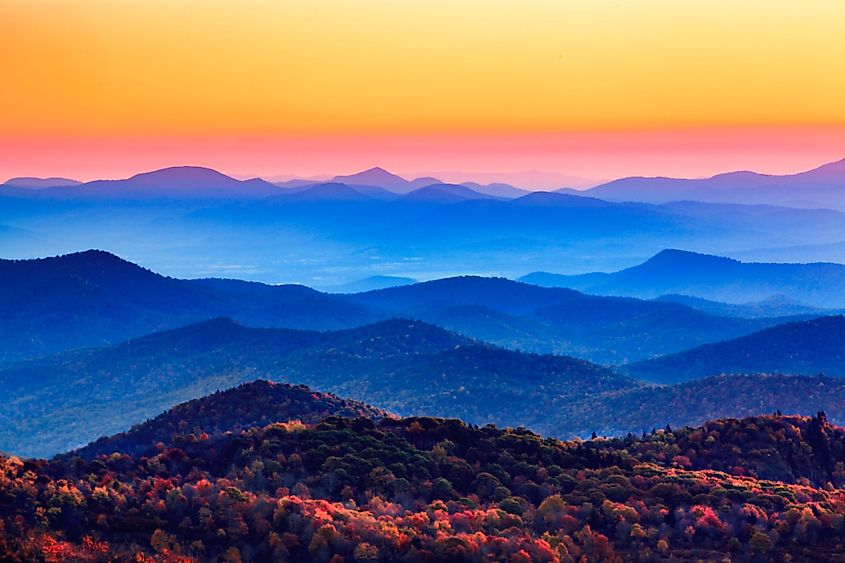
The Central Region extends from the Hudson Valley to the New River which flows through the US States of Virginia, West Virginia, and North Carolina. The central section includes the Taconic Mountains, the Valley Ridges, the Great Appalachian Valley, the New York-New Jersey Highlands, and a major part of the Blue Ridge Mountains.
The Southern region covers the remaining area from the New River onwards. The southern section includes the Cumberland Plateau, the Ridge and Valley Appalachians, and the continuation of the Blue Ridge Mountains. Some of the high mountain peaks in the southern section of the Appalachians include the peaks of the Black Mountains in North Carolina and the Great Smoky Mountains in the US states of Tennessee and North Carolina. In addition to these true folded mountains, the area of the dissected plateau is also grouped with the Appalachians. These include the Catskill Mountains, Pocono Mountains, and the Allegheny Plateau.
Also referred to as the “Appalachian Divide”, the Eastern Continental Divide runs along the high peaks of the Appalachian Mountains. The Eastern Continental Divide separates the watershed draining east into the Atlantic Ocean from the watershed draining west into the Gulf of Mexico. The entire Appalachian Mountain system features many rivers, streams, springs, and waterfalls. The most prominent feature of this system is the Great Appalachian Valley. The Great Appalachian Valley comprises the St. Lawrence River Valley in Canada and Tennessee, Shenandoah, Cumberland, and Kittatinny valleys in the United States. The Appalachian National Scenic Trail is a 3,500km long hiking trail that extends from Georgia’s Springer Mountain to Maine’s Mount Katahdin and passes through a major part of the Appalachian Mountain system.
Geology
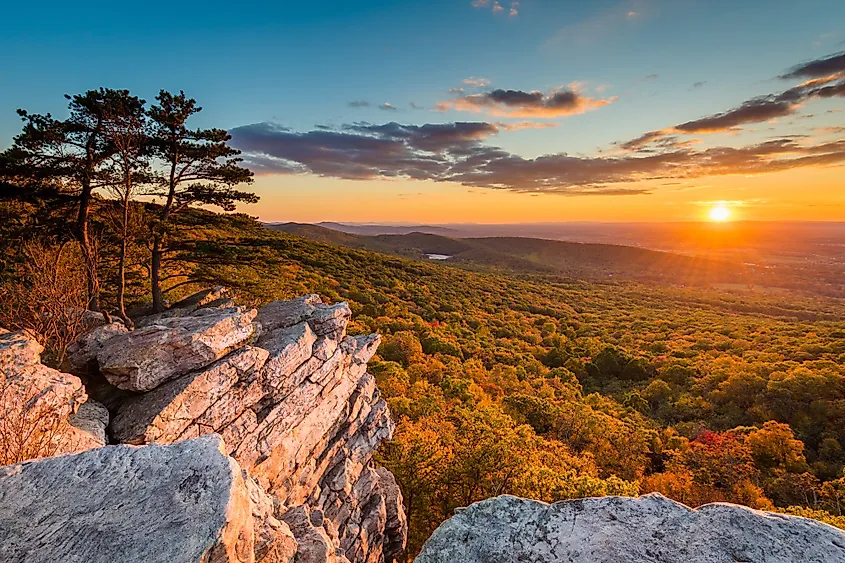
The Appalachian Mountains are regarded as the oldest system of mountain ranges on the planet. They are believed to have been formed approximately 480 million years ago during the Ordovician period. At this time, the ancient Iapetus oceanic plate began to subduct beneath the North American Plate, leading to a period of mountain-building (Taconic orogeny) that resulted in the formation of the mountains that we see today. Over the next 250 million years, the region experienced a series of mountain-building activities including the Alleghenian, Acadian, Caledonian, Ouachita, and Hercynian orogenies. The northernmost parts of the range were extensively glaciated during the Pleistocene Epoch. It is believed that the Appalachians were initially as high as the Alps and the Rocky Mountains, but natural erosion eventually led to a reduction in the height of the mountains. The southern and central regions of the Appalachian Mountains are known for their coal deposits mainly bituminous and anthracite coal. Recently deposits of petroleum and natural gas and minerals like iron and zinc have also been found.
Climate
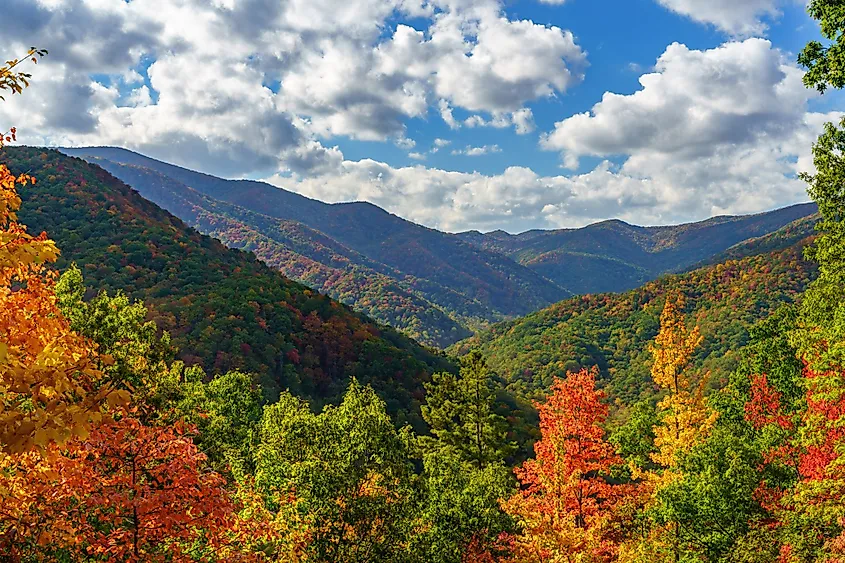
The Presidential Range and the Canadian ranges of the White Mountains experience arctic and subarctic climatic conditions. The Chic-Chocs, the Long Range, the White Mountains, Mount Mitchell receive quite heavy snowfall. Mount Washington is well-known for having the harshest weather among all the mountains. This 1,917m high mountain faces some of the strongest winds in the world. Heavy clouds and haze are common throughout the Appalachians.
Ecology
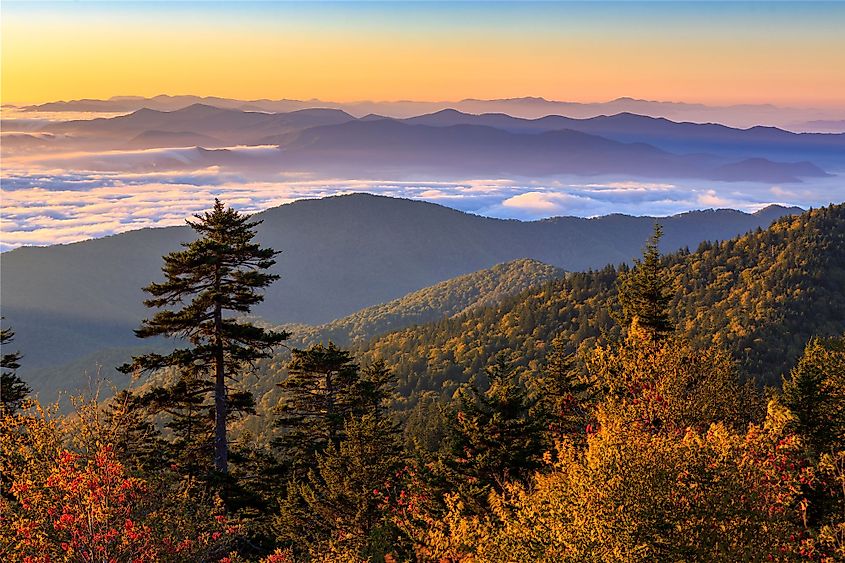
The Appalachians are known for their incredible biodiversity. The central and southern regions of the Appalachians form a part of the Appalachian-Blue Ridge forests ecoregion, which cover an area of about 159,000 sq. km in the eastern United States. The region features some of the world’s most biodiverse temperate deciduous forests and contains a high number of endemic species. The Southern Appalachians include the Blue Ridge Parkway, the Great Smoky Mountains National Park, several National forests, and many State- and privately-owned parks and recreation areas. Some of the notable trees that are found in the Appalachians include red spruce, Eastern hemlock, Carolina hemlock, Virginia pine, eastern white pine, sugar maple, mountain ash, black spruce, Frasier fir, balsam fir, etc.
Some of the notable faunal species that are found in the Appalachians include eastern gray squirrel, fox squirrel, southern flying squirrel, red squirrel, northern flying squirrel, eastern cottontail rabbit, white-tailed deer, moose, elk, caribou, snowshoe hare, beaver, black bear, raccoon, gray fox, etc. Several avian species are also found here including wild turkey, common raven, ruffed grouse, mourning dove, great horned owl, wood duck, northern goshawk, and many songbirds. Among the amphibians: salamanders, red-spotted newt, wood frog, etc., and reptiles like a black rat snake, common garter snake, American copperhead, common snapping turtle, eastern box turtle, etc. are also found. Several freshwater fishes like minnows, darters, speckled trout, etc. are found in the Appalachian streams.
Brief History
The Appalachians are spread over a wide region that has been occupied by humans for thousands of years. Before the Europeans arrived, the region was inhabited by different Eastern Woodlands Indian groups. The rugged terrain of the Appalachians with its network of rivers and streams and the lack of natural passes made it a barrier for the early settlers and explorers. In 1539, the Spanish explorer Hernando de Soto became the first European to visit southern Appalachia. The Governor of Virginia Alexander Spotswood in 1716 led the first organized group of English colonists across the Blue Ridge Mountains. The northern Appalachia was explored by the French explorer Samuel de Champlain, Timothy Nash, Sir William Logan, and others. Darby Field became the first European to climb Mount Washington in 1642.











